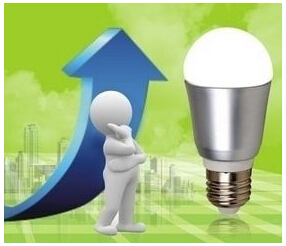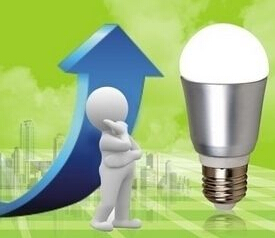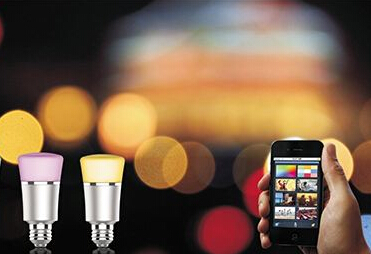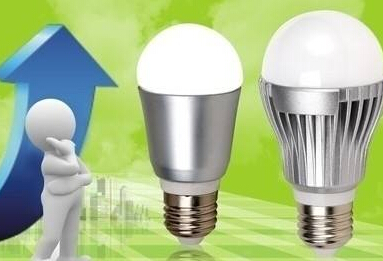In the next few years, the smart lighting market is expected to grow exponentially. According to the research conducted by the market research company, it clearly shows the scale of the commercial market in this field. The study said that by the end of 2025, the market share of the smart lighting industry will exceed the total valuation of 23 billion US dollars. It is expected that the compound annual growth rate from 2019 to 2025 will exceed 15%.

Strict government regulations have promoted the smart lighting market to limit the use of inefficient lighting technologies. Governments around the world have been making efforts to phase out inefficient lamps, such as incandescent lamps and halogen lamps, to promote the use of environmental lighting.
Recently, the European Union (EU) announced new regulations requiring the phase-out of halogen lamps and compact fluorescent lamps by 2020. According to the new "Ecological Design Law" new regulations, the maximum standby power is 0.5W, which will encourage the sale of more energy-efficient lamps in the region. At the same time, local government authorities also provide tax rebates and subsidies to promote the use of more efficient lighting technologies worldwide, which is the main driver of market growth.
The rapid growth of smart city development plans and the number of investments has further accelerated market adoption. With the development of industrialization and urbanization, energy consumption among cities has also increased.

It is estimated that cities account for more than 60% of the world ’s energy consumption, and lighting alone consumes 19% of the world ’s electricity. In order to reduce energy consumption and effectively manage resources, governments are using advanced technological solutions to manage assets and resources more effectively. This encourages the development of global smart city programs, which will gather demand for the smart lighting industry.
However, compared to traditional lighting alternatives, the high cost of smart lighting solutions has become a major constraint on the growth of the smart lighting market. In addition, the security issues associated with the use of networked lighting and smart lighting systems will also hinder market growth.

















 RCCN WeChat QrCode
RCCN WeChat QrCode Mobile WebSite
Mobile WebSite







